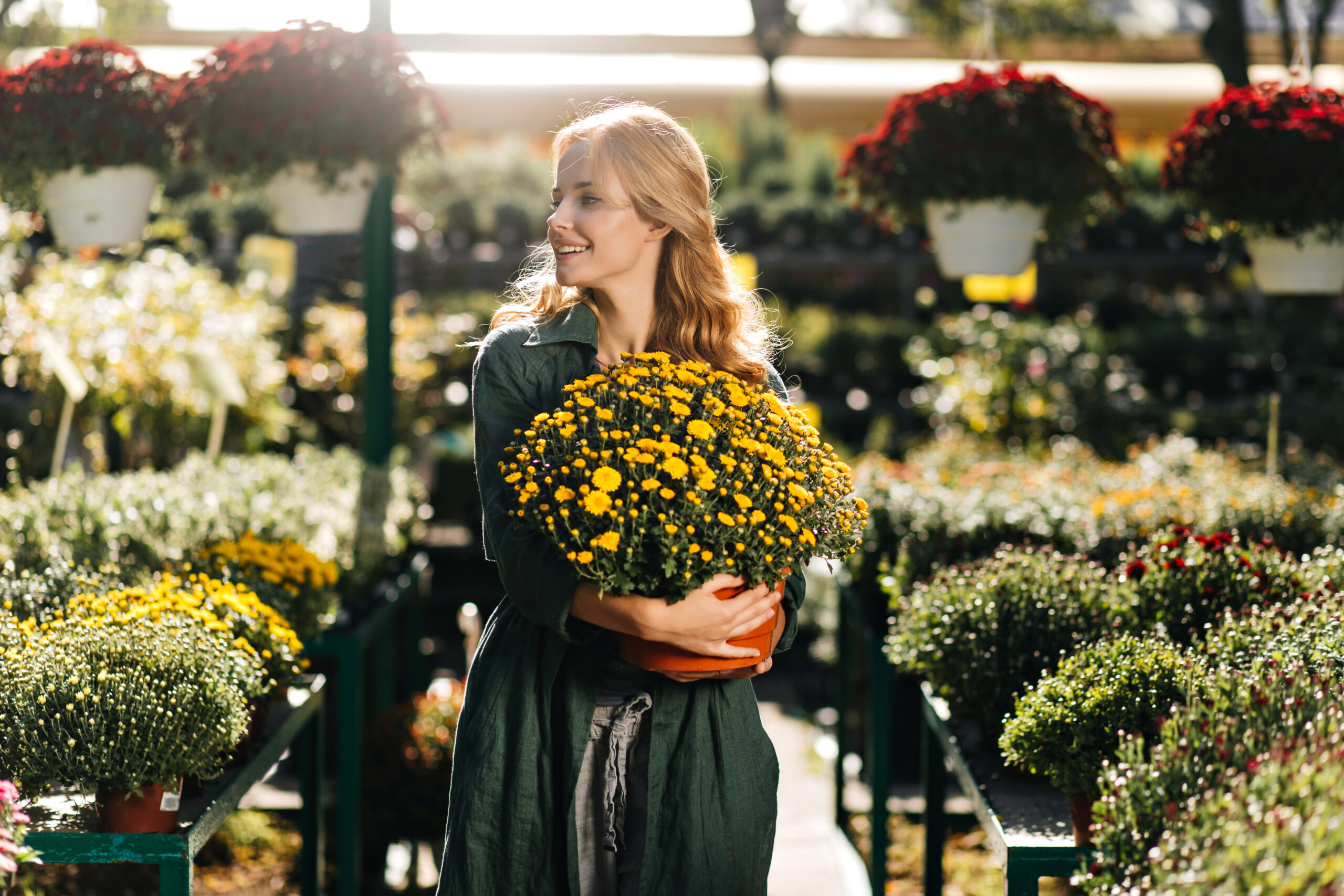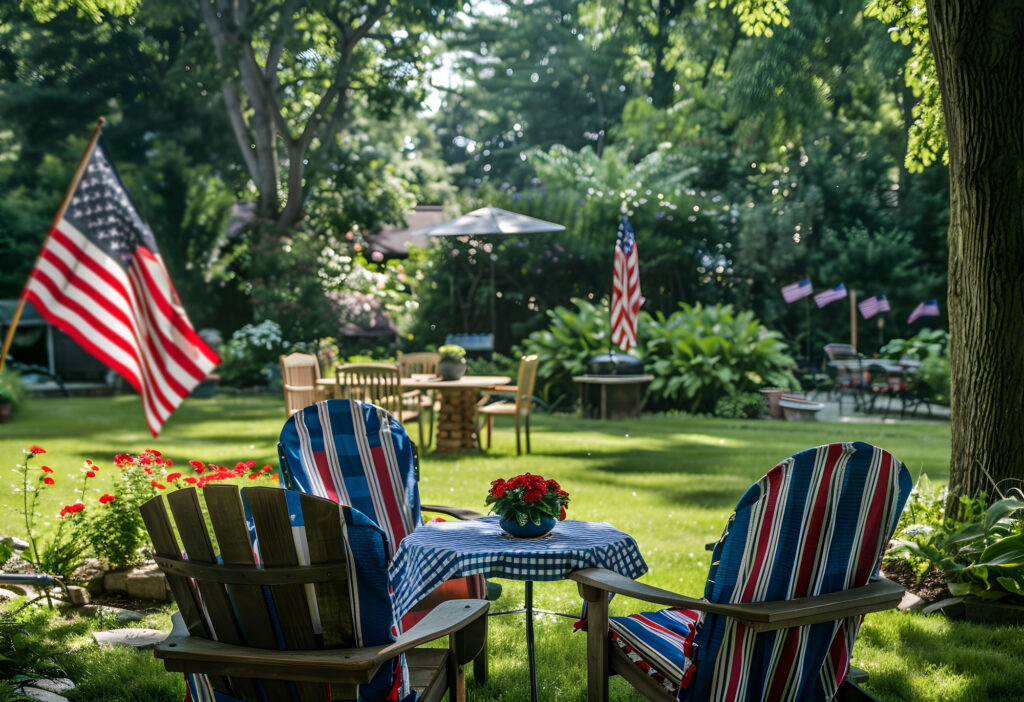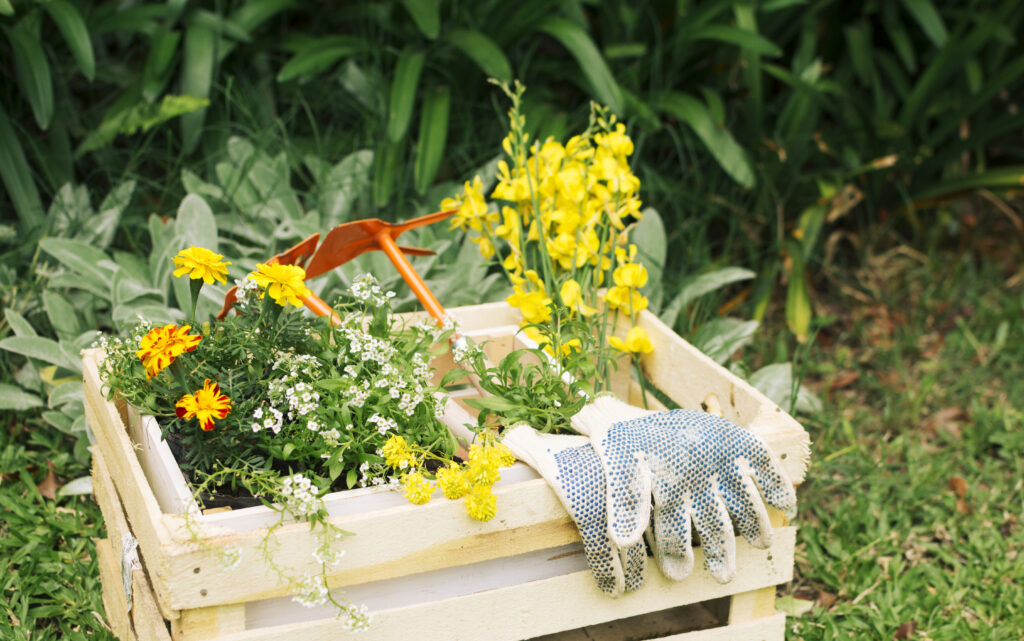How to Plant Wildflower Seeds
Design a Flower Garden
Introduction:
Designing a flower garden can be a rewarding and fulfilling endeavor, offering a vibrant and aesthetically pleasing addition to any outdoor space. Whether you’re a seasoned gardener or a novice, the process of creating a beautiful flower garden involves careful planning, plant selection, and ongoing maintenance. In this comprehensive guide, we will explore the essential steps and considerations needed to ”design a flower garden” that will thrive and bring joy throughout the seasons.
Table of Contents
Transform Your Garden with These 10 Tips

1. Understanding Your Space:
The first step to design a flower garden is understanding the space you have available. Measure your garden area and observe how much sunlight it receives throughout the day. Note any existing features like trees, fences, or pathways that could influence your garden design.
Sunlight and Soil Conditions: Different flowers require different amounts of sunlight and soil conditions. Knowing whether your garden area is in full sun, partial shade, or full shade will guide your plant selection. Additionally, testing your soil to understand its pH level and nutrient content will help in choosing the right plants and soil amendments.
2. Planning Your Garden Layout:
Drawing a Garden Plan: Sketching a garden plan is a crucial step in the process to **design a flower garden**. This plan doesn’t have to be intricate, but it should include the layout of your flower beds, pathways, and any other features you want to include.
Choosing a Garden Style: Deciding on a garden style can help narrow down your plant choices and design elements. Whether you prefer the structured look of a formal garden or the free-flowing appeal of a cottage garden, selecting a style early on will provide a cohesive vision for your garden.

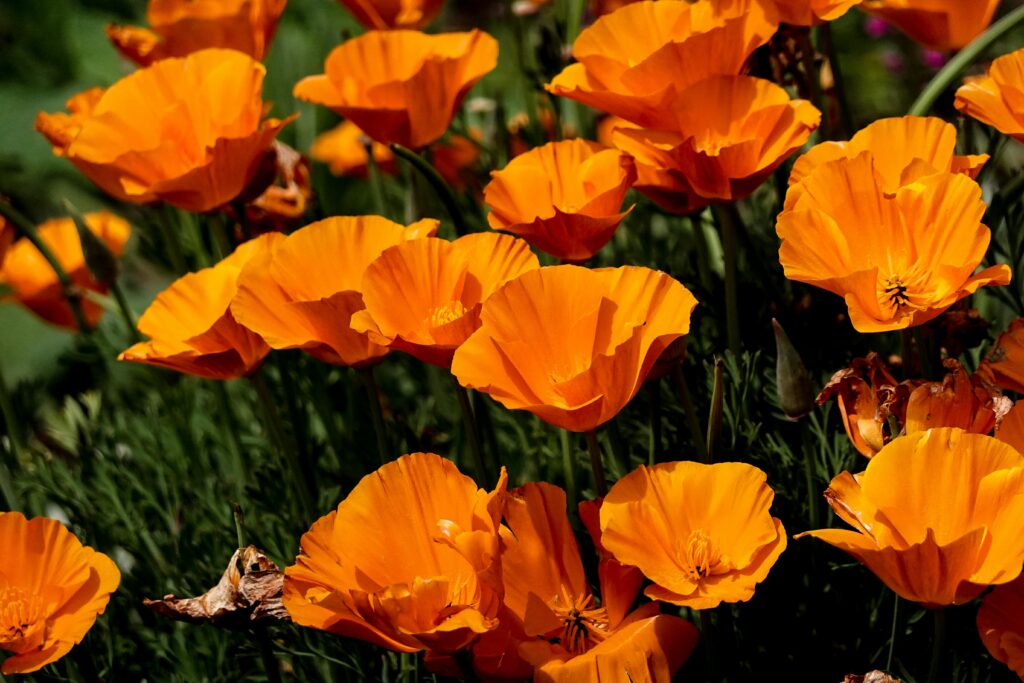
3. Selecting the Right Plants:
Perennials vs Annuals: When you design a flower garden you’ll need to choose between perennials and annuals. “Perennials” return year after year, offering long-term beauty with less effort once established. ‘”Annuals”, on the other hand, complete their life cycle in one season but often provide vibrant colors and continuous blooms.
Color Schemes and Plant Heights: Consider creating a color scheme that will bring harmony to your garden. Complementary colors can create a striking visual impact, while analogous colors provide a more subtle, soothing effect. Additionally, arranging plants by their heights, with taller plants at the back and shorter ones at the front, will ensure that all flowers are visible and can grow well.
4. Preparing Your Garden Bed:
Soil Preparation: Healthy soil is the foundation of any successful flower garden. Before planting, enrich your soil with compost or organic matter to improve its structure and fertility. Good soil preparation ensures that plants receive the necessary nutrients and drainage.
Planting Techniques: Proper planting techniques are vital for the growth and health of your flowers. When planting, dig holes that are twice the width of the plant’s root ball but not deeper. This allows roots to spread easily and establish themselves.After you plant the new additions to your garden, give them a good, thorough watering. Then, add a layer of mulch to help keep the soil moist and prevent weeds from taking over.
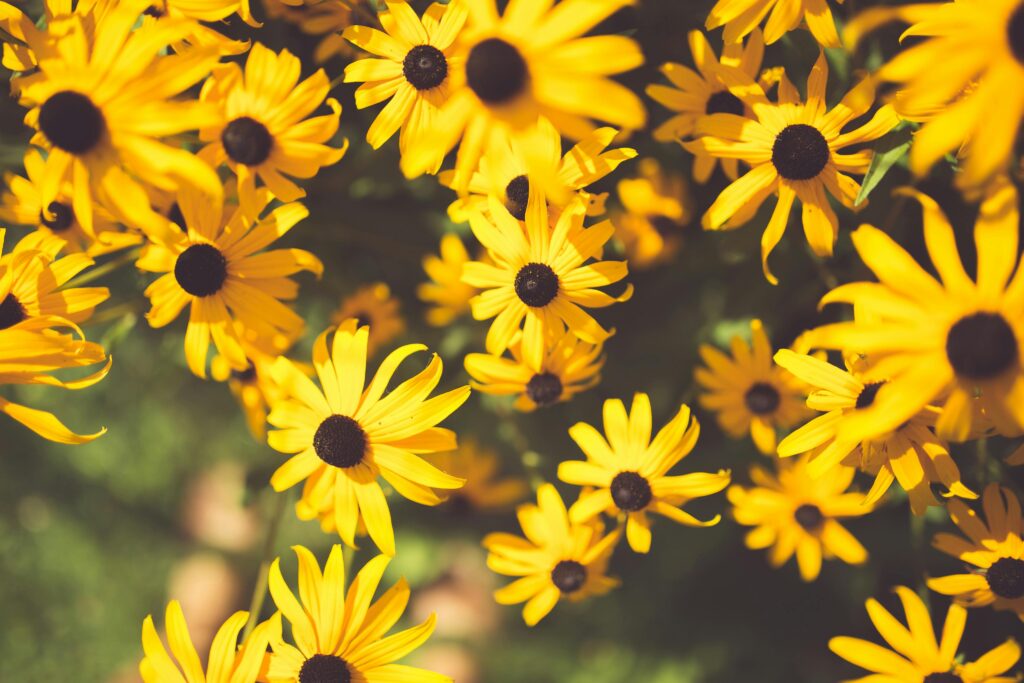
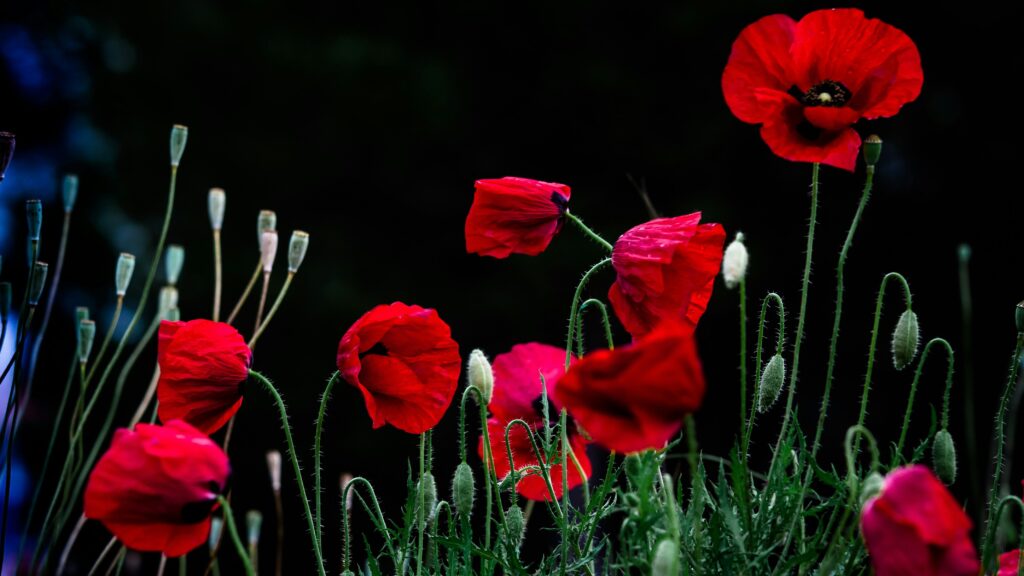
5. Implementing Garden Features:
Pathways and Borders: Adding pathways and borders can enhance both the functionality and aesthetics of your flower garden. Pathways provide access for maintenance and enjoyment, while borders define the edges of your flower beds, creating a tidy and organized appearance.
Decorative Elements: Incorporating decorative elements like garden sculptures, bird baths, and water features can add character and charm to your flower garden. These elements can serve as focal points and create a more engaging and enjoyable space.
6. Seasonal Planting Strategies:
Spring and Summer Blooms: To ensure continuous color and interest, plan for a succession of blooms. In the spring, it’s a great time to plant bulbs like tulips and daffodils. For summer, consider flowers such as roses, lilies, and zinnias that thrive in warm weather.
Fall and Winter Interest: Don’t let your garden go bare in the cooler months. Incorporate plants like chrysanthemums and asters for fall color. For winter, consider evergreens and plants like hellebores that can withstand colder temperatures and add visual interest year-round.
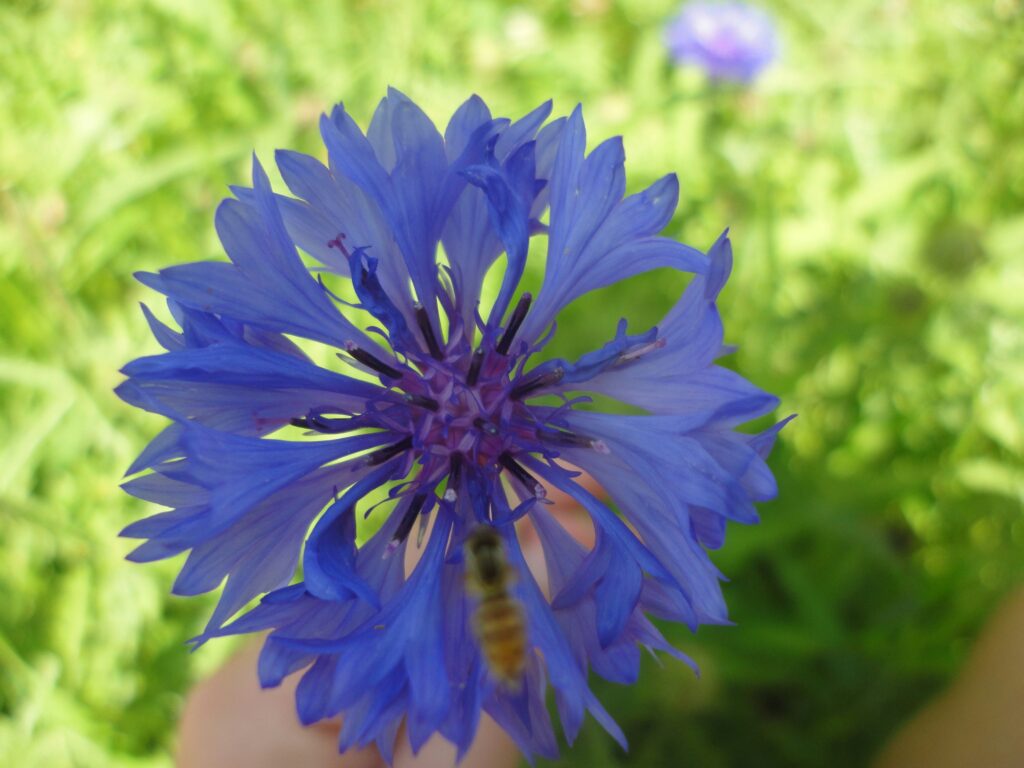
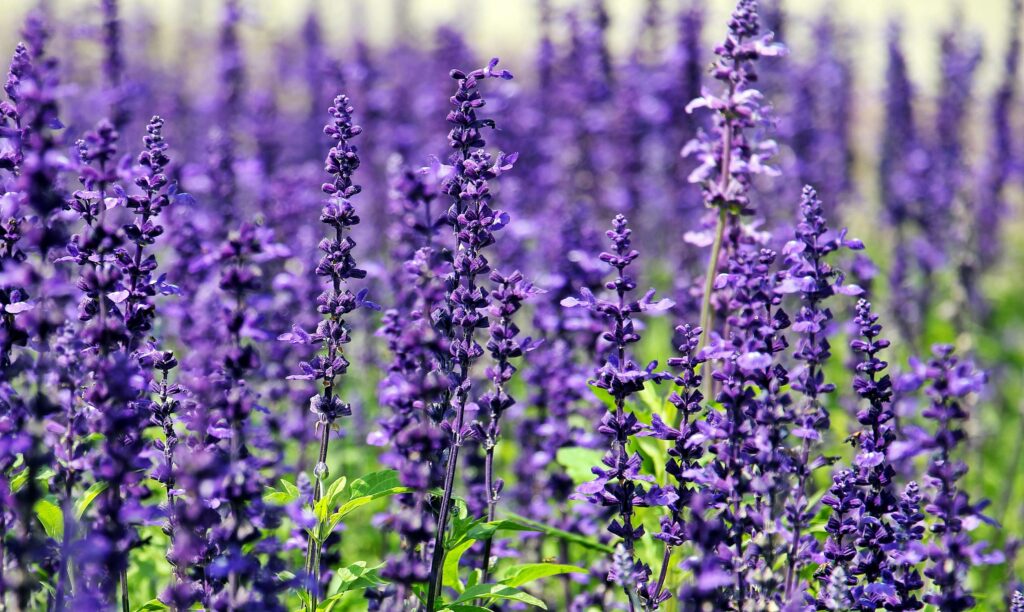
7. Watering and Fertilizing:
Regular Watering Schedule: Establishing a regular watering schedule is essential for the health of your flower garden. Most flowers require deep, consistent watering, especially during dry periods. Using soaker hoses or drip irrigation can help deliver water directly to the roots, reducing evaporation and water waste.
Fertilizing Tips: Fertilizing your garden provides the nutrients plants need to grow and bloom. Try using a balanced fertilizer or go for organic choices like compost tea. Be mindful of the specific needs of your plants and adjust your fertilizing schedule accordingly to avoid over-fertilization, which can harm your plants.
8. Pruning and Deadheading:
Pruning Techniques: Pruning helps your plants stay healthy and look great. Regularly removing dead or damaged stems encourages new growth and prevents disease. Different plants require different pruning techniques, so it’s essential to research the needs of your specific flowers.
Deadheading for Continuous Blooms: Removing dead flowers, also known as deadheading, encourages your plants to produce more blooms. This practice prevents the plant from putting energy into seed production and instead directs it towards creating new flowers, resulting in a longer blooming period.
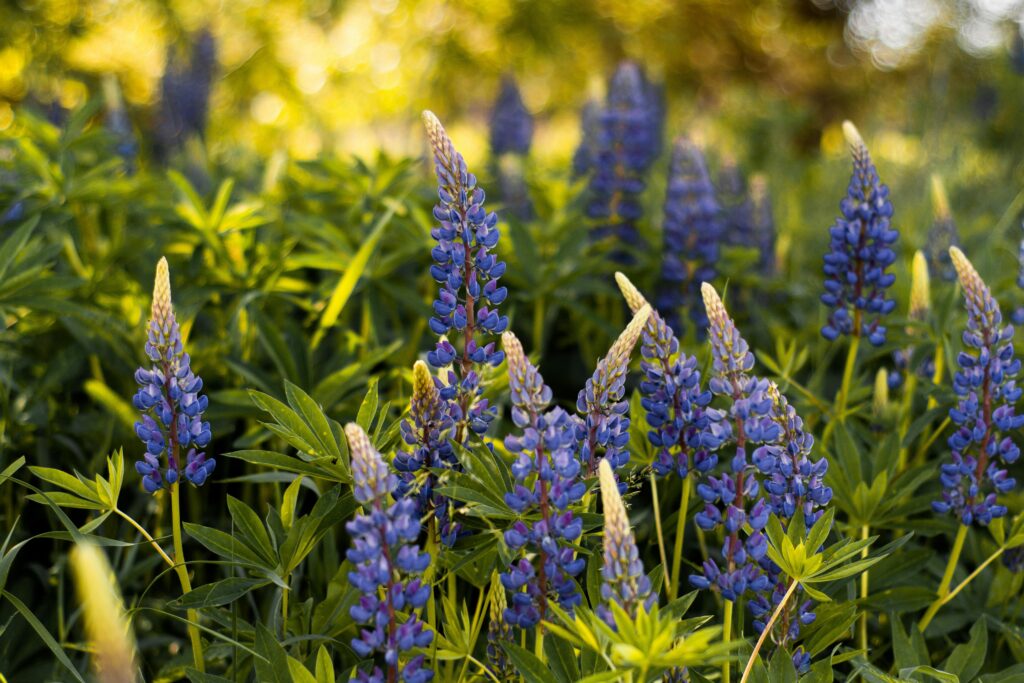
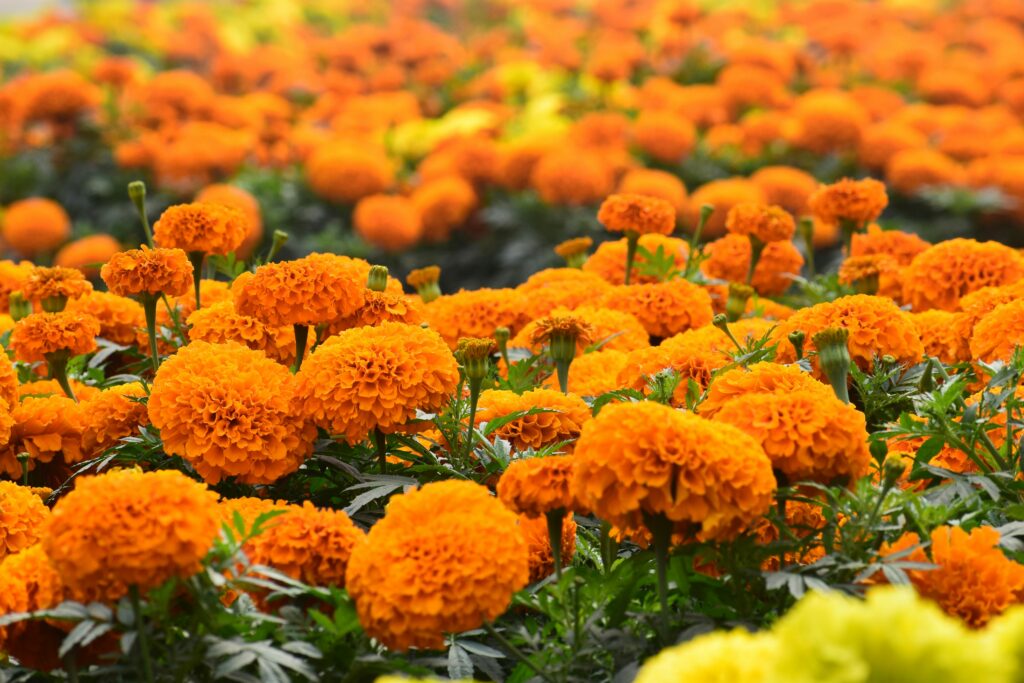
9. Pest and Disease Management:
Identifying Common Pests: Common garden pests like aphids, slugs, and caterpillars can damage your plants. Regularly inspect your garden for signs of pests and take action as needed. Natural remedies like neem oil or introducing beneficial insects can help control pest populations without harming your garden.
Disease Prevention: Preventing disease in your flower garden involves good gardening practices such as proper spacing, watering at the base of plants to avoid wet foliage, and rotating plant locations each year. If a plant shows signs of disease, remove and dispose of it promptly to prevent spread.
10. Small Space Gardening:
Vertical Gardening: If you’re short on space, vertical gardening is a fantastic option. Try using trellises, arbors, and vertical planters to grow climbing plants. This not only maximizes space but also adds an interesting vertical element to your garden design.
Container Gardening: Containers offer flexibility and are perfect for small spaces like patios and balconies. Choose a variety of pots and plant a mix of flowers, herbs, and trailing plants. Container gardening allows for easy rearrangement and the ability to move plants based on their sunlight needs.
.
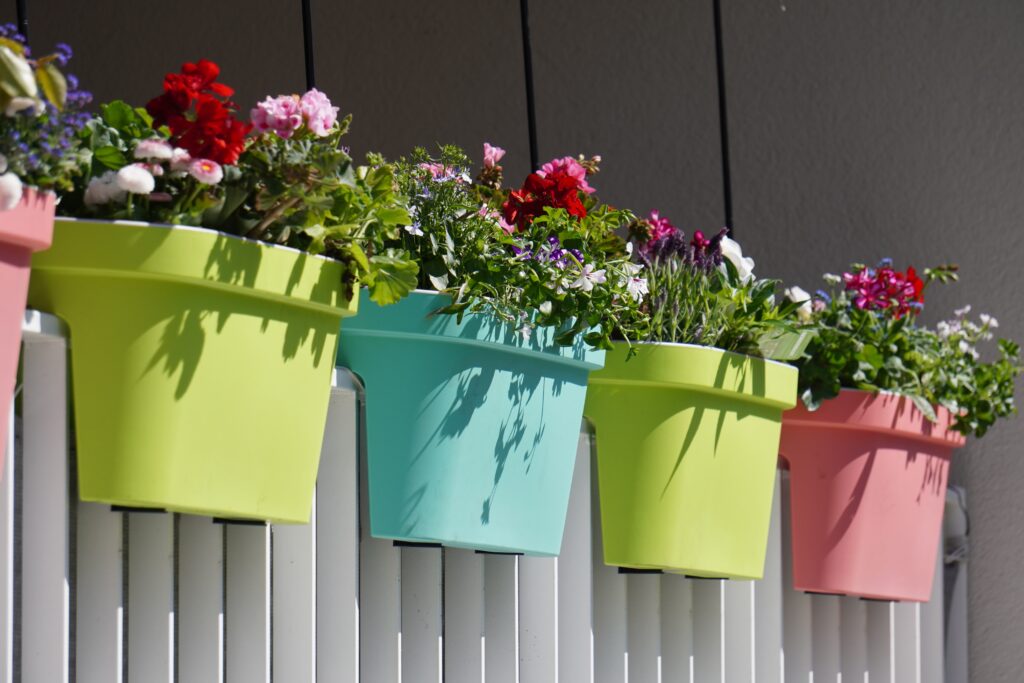
Conclusion:
To design a flower garden that thrives, it’s essential to understand your space, plan your layout carefully, and select the right plants. Preparing the soil and implementing thoughtful garden features will enhance both the beauty and functionality of your garden. Regular maintenance, including watering, fertilizing, pruning, and pest management, ensures that your flowers remain healthy and vibrant. Even in small spaces, creative solutions like vertical and container gardening can help you achieve a stunning flower garden. By following these steps, you can create a lush, colorful oasis that brings joy and tranquility to your outdoor space throughout the seasons.
